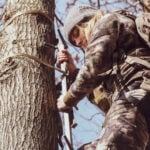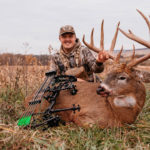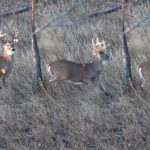The October lull. Every year it plagues whitetail bowhunters across North America. It’s frustrating. It’s boring. It’s the hunters’ equivalent of a batting slump.
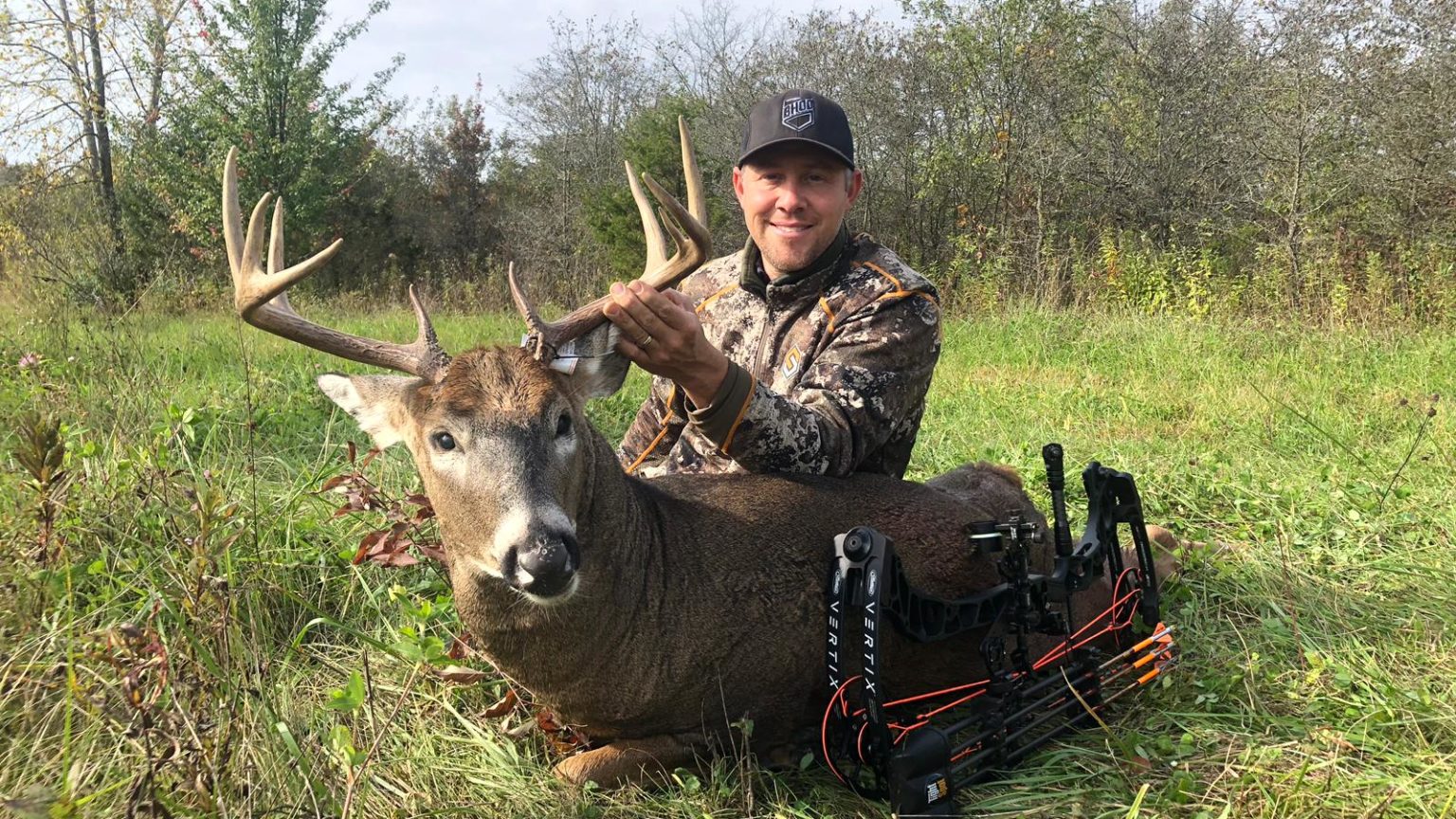
Sure-fire, can’t-miss, guaranteed-to-produce-a-deer stands become as unproductive as a dry oil well.
If you didn’t know better, you’d swear aliens came down and snatched up all the deer you scouted for months and months leading up to opening day.
But you do know better. You know that, unless other bowhunters shot them – and it’s highly improbable all of your deer got shot the deer you watched during the summer are still out there.
Once you realize your thoughts about alien abductions are ludicrous, and you convince yourself your dream buck is still prowling the same patch of timber he was using over the preceding months, you’re on the road to beating the October lull.
To get the right mindset for this challenging time of the season, you need to understand what’s going on in a whitetail’s world. To start, many states begin their archery deer seasons in late September or early October.
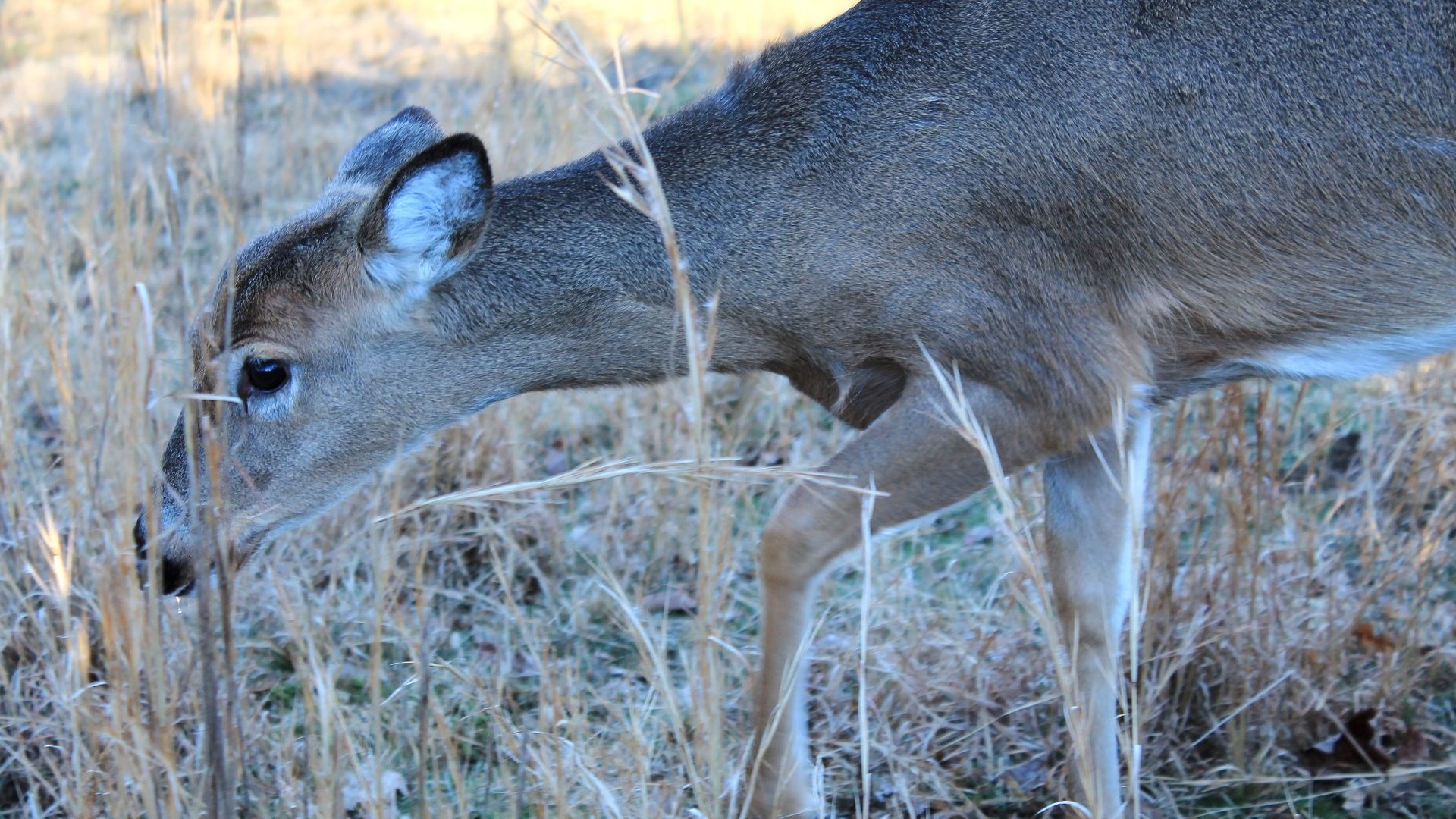
By the middle of October, the deer are on to us. They know we’ve invaded their territory and they change their patterns, with their chief preference being to sit tight during daylight and move at night.
Add to this heightened state of awareness the fact that deer are naturally dispersing this time of year. The big herds of summer’s days of leisure are breaking up as the rut draw closer.
Those five mature bucks you saw coming out to the soybean field every night in late August are not likely to be hanging out with each other in mid October. They’ve separated to claim their own piece of the woods for breeding time.
Not coincidentally, mid October is when you’ll notice new deer scrapes and buck rubs being made almost on a daily basis.
These are the signposts of bucks marking their territory – and they’re also really good clues to let you know that, even though you’re not seeing them like you did a month ago, there are, in fact, still bucks running around your hunting neighborhood.
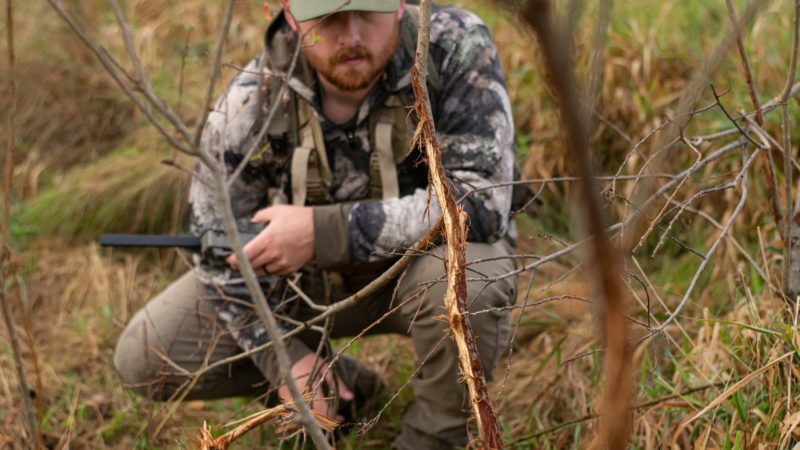
Still another factor working against you is the weather. By mid October, deer either have completely traded their thin, red summer coats for their brown, insulating winter hair, or they’re nearly finished with the swap.
Despite that, the middle of October can be pretty warm. And when it’s warm and the deer are dressed for winter, they tend to sit during the heat of the day and go about their business at night.
As you’ve probably guessed, the nocturnal curse is a driving force behind the October lull.
So we know what’s happening in mid October. But what can we do about it to fill our tags now? We could just throw in the towel and sit at home waiting for the deer rut. But what fun is that?
It’s bow season, and you’re definitely not going to shoot anything other than the breeze if you’re sitting on the couch.
Weather Watch
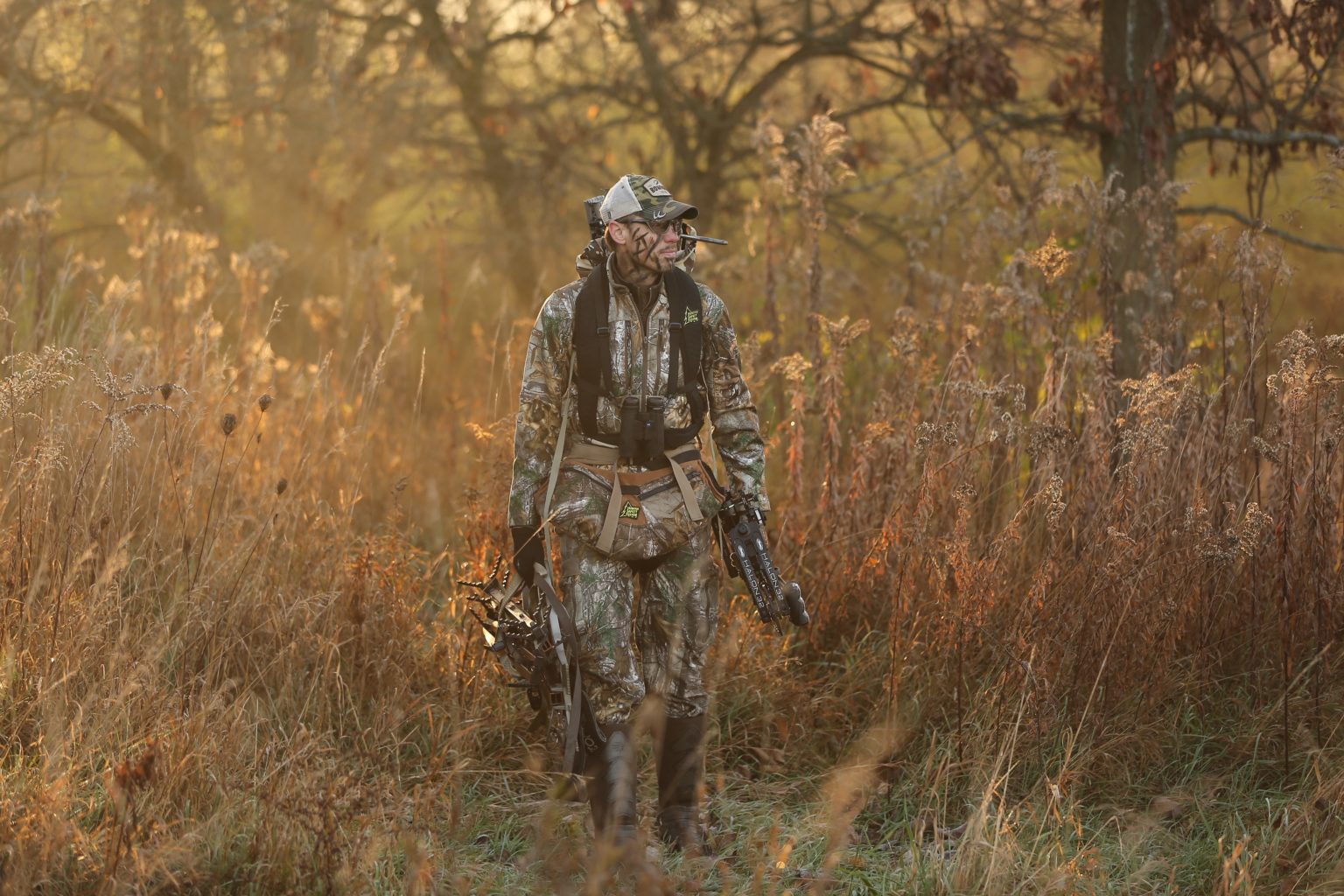
A bowhunter’s best friend during the October lull is the weatherman. There are certain weather events that can provide brief windows of increased deer activity during this time of the season.
It might only last a day. It might only last half a day. You have to be ready to pounce when the opportunity arises, so check your local forecast several times a day.
Perhaps the best assistance from the weather a mid October bowhunter can hope for is a sudden drop in temperature.
And I’m not talking about a degree or two here. We need a drop of at least 10 degrees.
Of course, the higher the starting temperature, the more the mercury needs to sink to shake the deer out of their beds during daylight.
If it’s 95 degrees on Monday and the forecast calls for a high of 85 on Tuesday, you’re not likely to see a marked increase in activity. But if it’s 55 degrees on Monday and a high of 45 is expected Tuesday, I’m calling in sick.
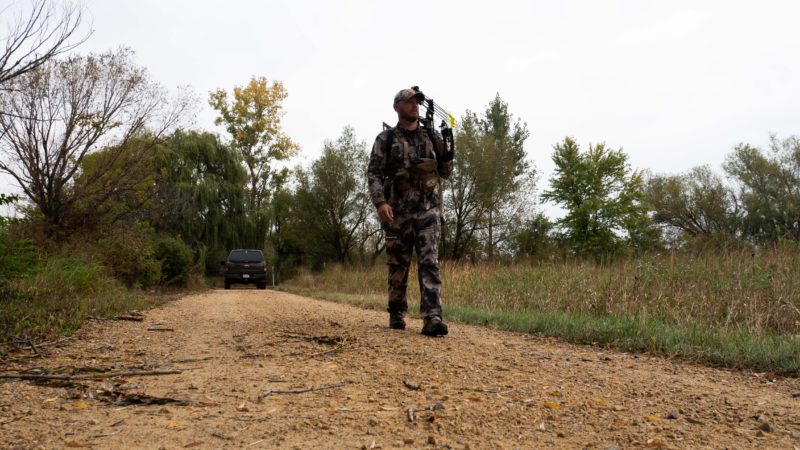
Besides the temperature, you should also pay attention to barometric pressure. Look for those periods when the barometer is either rising or falling.
Both tend to compel deer to get out and feed. A rising barometer is indicative of improving weather, often accompanied by cooler air. A falling barometer usually means a storm is on the way.
A deer hunter shot a Pope & Young nine-pointer in October one year at around 1:30 p.m., thanks to the barometer. A storm was on its way fast and the barometer was dropping like a stone around lunchtime, while he was sitting at home.
He decided to run out to a tree stand he had positioned over an alfalfa field, and deer starting pouring into the field before I even hauled up my bow.
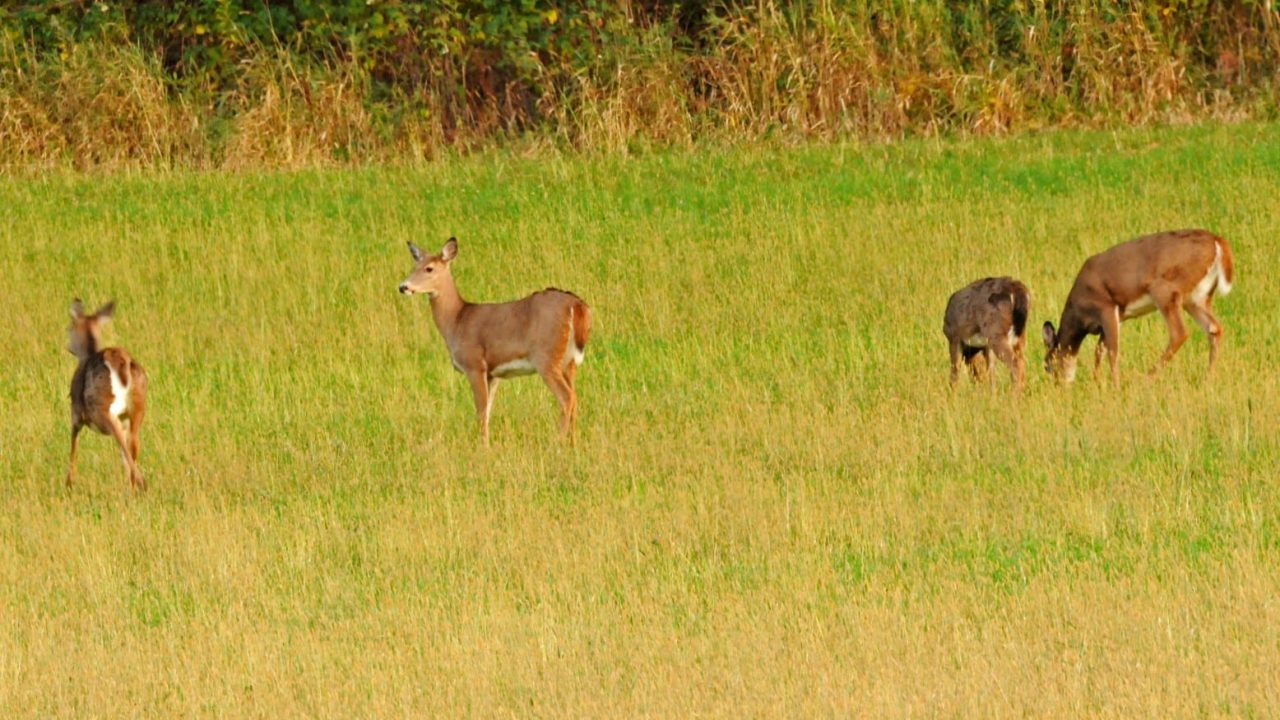
Ten deer were feeding in front of him and dark clouds were rolling across the sky when the 135-inch buck walked out of the woods to the field on the trail directly beneath his tree stand. It was one of the easiest shots he had ever been offered.
Speaking of stormy weather, if you can catch a forecast that calls for a nice soft rain, mist or drizzle around dawn or dusk in mid October, that’s another jackpot.
When the rising or setting of the sun is muted by rainy weather, you just might catch a nocturnal buck moving a little later in the morning or earlier in the evening than he normally would this time of the season.
Into the Corn
There’s a farm some buddies and a deer hunter have been hunting for roughly two decades, where the farmer rotates crops of soybeans and corn in his series of established fields.
Every year, the same thing happens. They get about a week of good bowhunting in early October, during which time they have a good chance at taking some decent bucks, and then those good deer disappear.
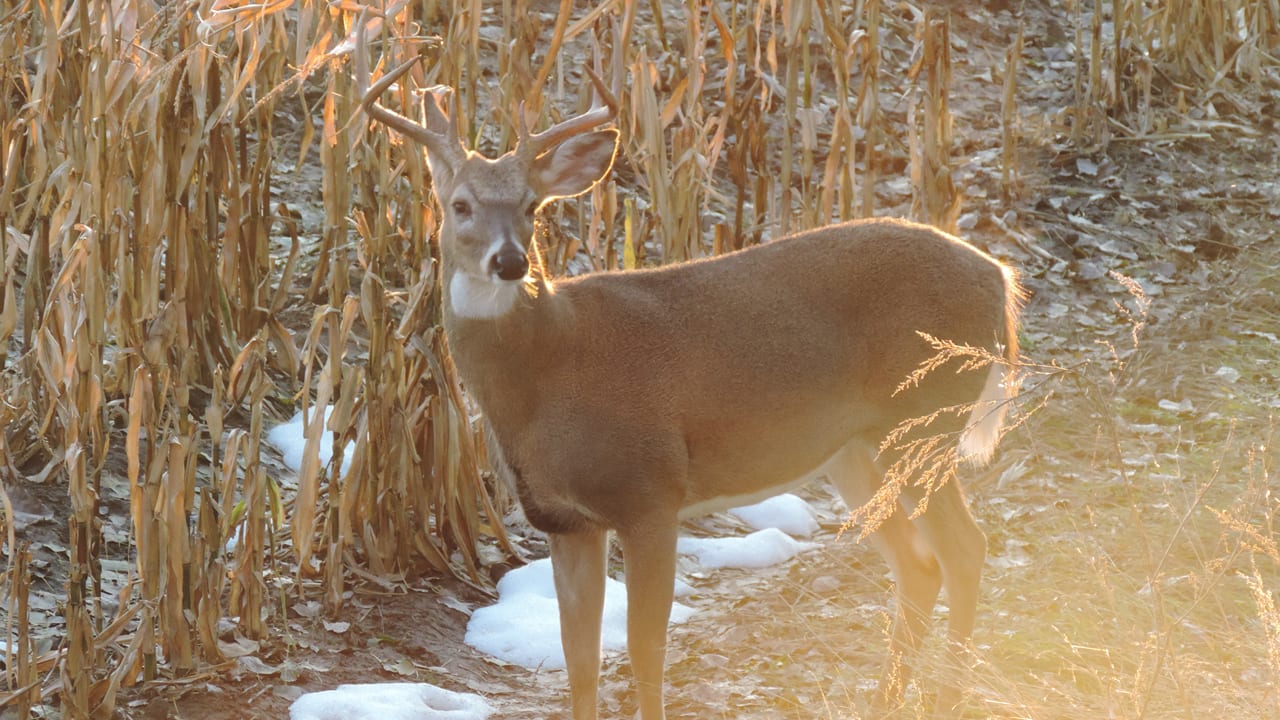
Well, they don’t actually disappear. They head into the fields of standing corn. They don’t venture out until nightfall. And they don’t move out until the corn gets cut or the rut kicks in – whichever comes first.
In any event, times are tough in their tree stands in the woods when the deer are in the corn.
So you know what they started doing? They took the hunt to the deer. They started sneaking through the standing corn, row by row, in hopes of getting a crack at a buck.
They wish that they could say that they’ve piled up the trophy bucks with this tactic, but they can’t. They have, however, come close on many occasions.
And this is at a time of year when they otherwise see nothing when they stick to the trees.
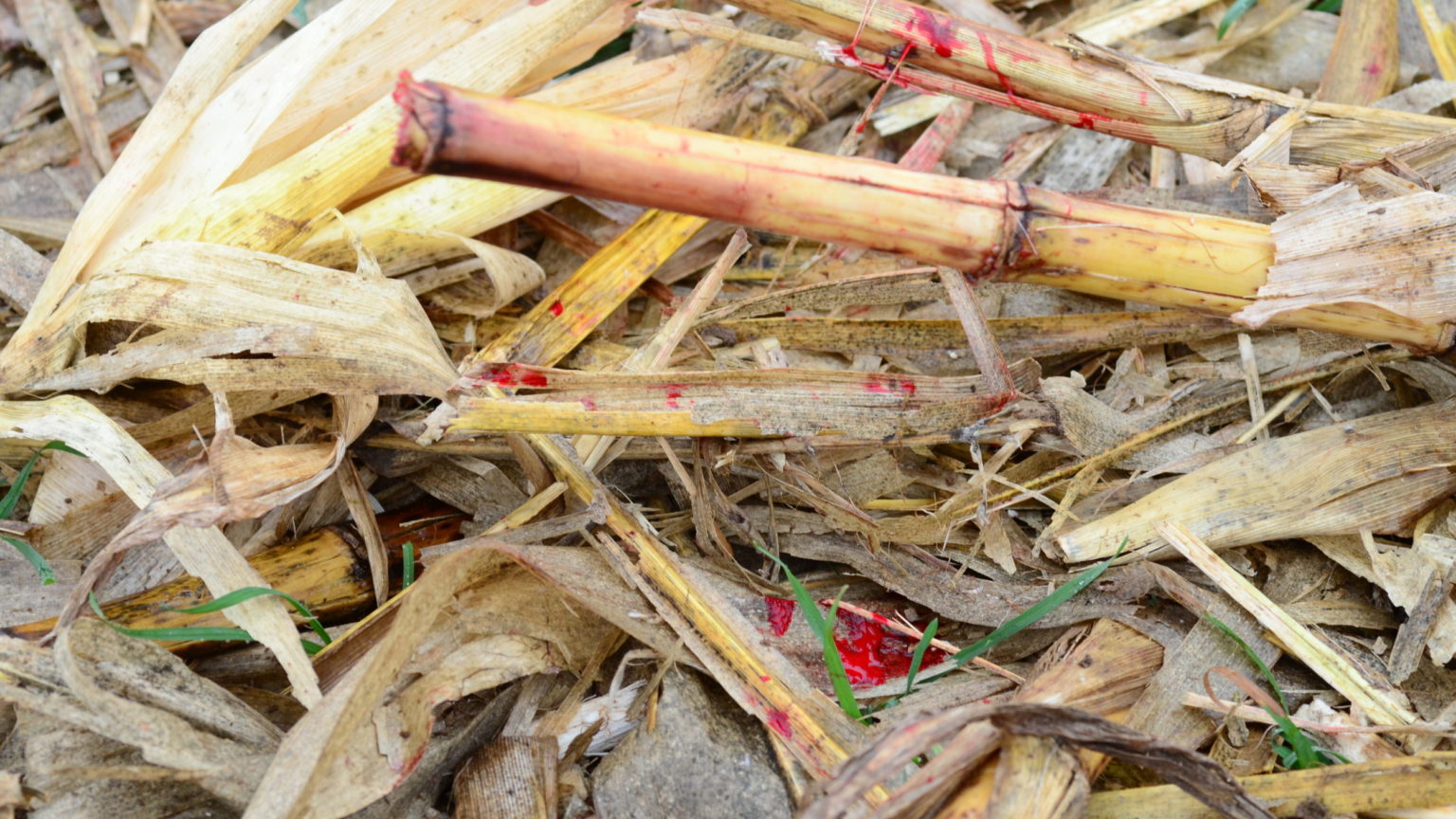
The deer hunter mentioned above is obviously not the greatest corn hunter in the world, but there are some deer hunters who are very successful at taking trophy bucks in mid October using this tactic.
They prefer hunting windy days, when the natural noise and movement of cornstalks and leaves rattling around masks their own noise and movements.
They move through the field, perpendicular to the rows. Before entering a new row, they poke their heads through the stalks looking right and then left for all or part of a deer.
With all the vegetation clustered so tightly, you’re probably not going to see the whole animal. Look for the curve of a leg, the straight line of a deer’s back or the glint of an antler beam.
One thing some deer hunters have noticed on their hunts in the corn is the deer seem to be more relaxed than they are in the woods.
It isn’t known if it’s because the cover is so thick or if it’s because they rarely encounter humans out in the stalks.
A deer hunter once sneaked to within six feet of a bedded doe in the corn. He had no intention of shooting that deer, so he just tried to see how close he could get. He believes he could have made the six-foot shot.
Once you’ve spotted a deer you want to tag, figure out how to get down wind and move in at a snail’s pace.
You might have to shoot while kneeling or leaning from one row into the next, so hopefully, you’ve practiced such shots in the preseason.
Harvest Time
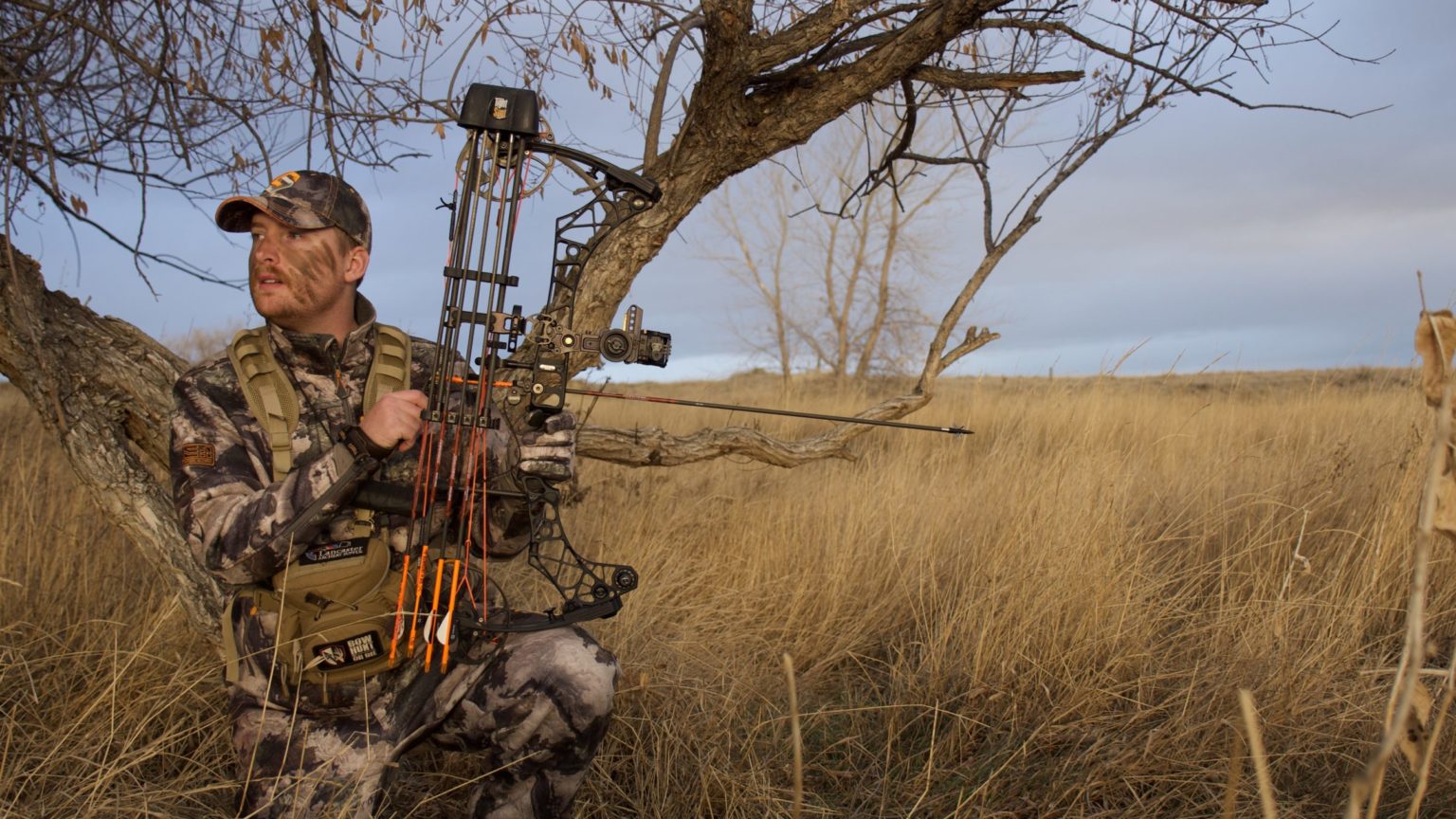
Your days of hunting in the standing corn might be limited in mid October, since this is right smack in the middle of harvest season. But that’s OK. One of the best times to be in the woods is the day the farmer’s picking his fields.
All those deer that sought a deer sanctuary out in standing corn, milo, soybeans and any other crop that grows high enough to hide a deer, are quickly going to be displaced by Mr. John Deere and company.
Talk to the farmers who work the ground you’re hunting, and the properties around it, to find out when they’re going to harvest their fields.
Plan on camping out in a tree stand in some timber near those fields on those days. Harvest time scatters deer all over the place for several days.
This is one of those windows of deer movement you should take advantage of. Even the most mature, nocturnal buck will be up on his feet in broad daylight if a giant combine is bearing down on his bedding area.
And according to farmers, the biggest of the big bucks usually are the last to give up the ship and finally leave a field that’s being harvested.
There are many stories from farmers about giant bucks simply moving from one row to the next as the combine rolls through their field. They leave only when there are no more rows left.
There’s a decent eight-point rack and skull cap hanging on a plaque in a deer hunter’s basement with the words “combine buck” written on the back of the plaque.
He arrowed that buck on Oct. 14, in the meat of the October lull, for no other reason than because the farmer was picking his corn that day.
He was perched in one of his favorite tree stands on top of a ridge that’s about 200 straight-line yards away from the field.
By “straight-line” yards it is meant that’s how far away the field was if you measured the distance straight from his tree stand to the field.
Between them, however, was a deep ravine that would have added distance to that total if you stepped it off on foot.
Anyway, the combine was making a horrible racket as it moved back and forth across the field, inching closer and closer to the woods edge with each pass.
When the great machine was about 50 yards from the woods, he spotted three deer trot out of the corn into the timber. One of them was a nice buck with four perfectly-matched points on each antler.
When the three deer got about 30 yards inside the timber, the two does broke to my right and ran through the woods, parallel to the cornfield.
The buck, however, continued running away from the field. He trotted down into the ravine, crossed the bottom and then began walking up the other side toward his position.
If the buck maintained his course of travel, he was going to pass about 15 yards behind his tree stand.
So he stood up and grabbed his bow off its hook. He clipped his archery release to the string beneath the arrow and he waited.
The deer hunter’s heart began thumping as the buck picked his way through the woods toward me. The incessant, high-pitched whine of the combine made it impossible for him to hear the deer’s footfalls through the dry leaves.
But the noise obviously had the buck’s attention, too, because he kept looking back toward the machine. That was fine with the deer hunter, because it meant he wasn’t watching for danger in front of him.
When the buck passed behind the trunk of a fat tulip poplar about 30 yards out, he drew back his bow. When he hit an opening at 20 yards, he made a grunting noise with his mouth.
Thanks to the combine, the buck didn’t react. Heck, he could barely hear the noise he’d made. So he yelled, “Hey!”
That did the trick. The buck froze like a statue. He centered his 20-yard pin on a tuft of white hair behind his shoulder and loosed his arrow. He watched the fletchings disappear into the buck’s vitals.
The deer, kicked up its hind legs and bolted down into the ravine. Just as he started up the other slope, he tipped over on his side and my hunt was finished.
Who says you can’t fill a buck tag during the October lull?

